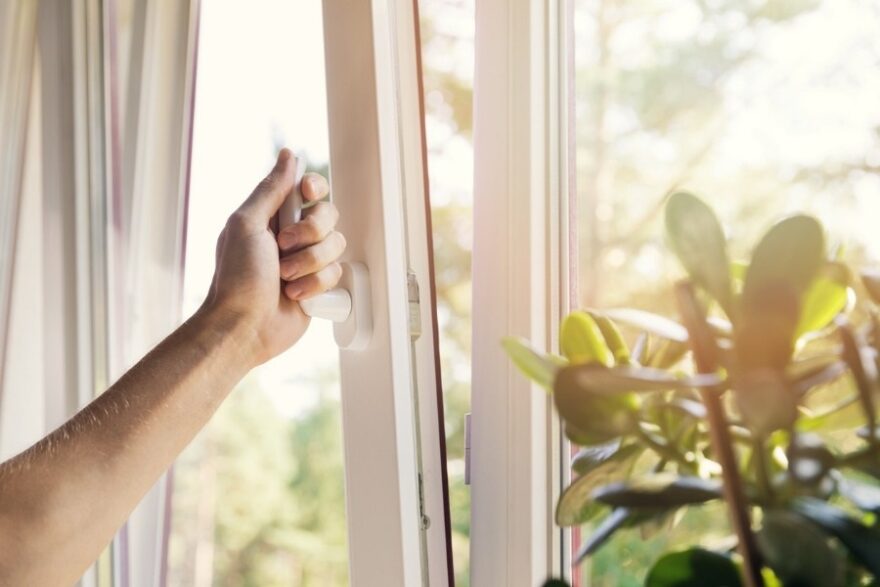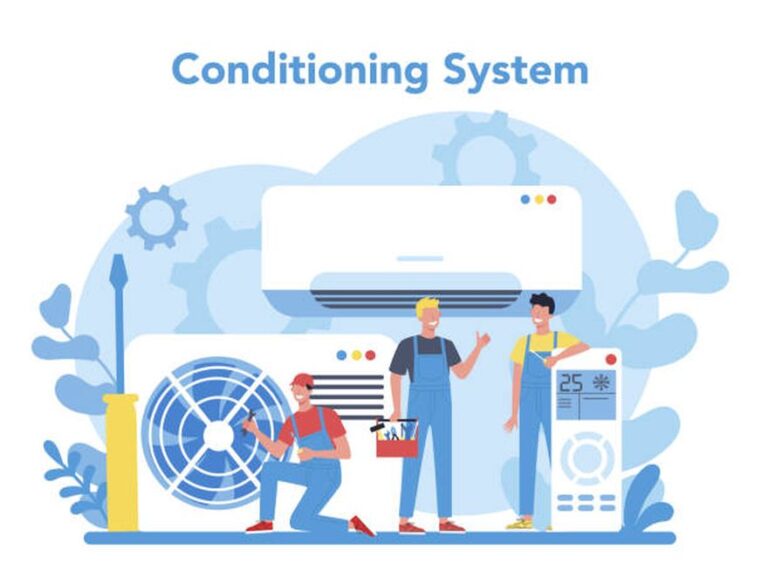The art of HVAC (Heating, Ventilation, and Air Conditioning) lies in creating optimal indoor environments that provide comfort, health, and efficiency through intelligent climate control.
HVAC systems aren’t designed only to regulate temperature, humidity, and airflow and boost air quality in industrial spaces. They can also be used in various residential and commercial spaces.
According to activeplumbingandair.com, the art of HVAC systems combines design principles, technical expertise, and a deep understanding of human comfort specifics to craft indoor environments that promote well-being, productivity, and sustainability. Here is how HVAC systems work and provide comfort through intelligent climate control!
Temperature Control

Among the most important functions of any HVAC system is temperature control. If an HVAC system cannot regulate and maintain the desired temperatures within a household, it is either defective or too small to handle large spaces.
HVAC systems use heating and cooling mechanisms to create comfortable conditions suited to the property owner’s needs. They achieve this through the use of various components such as furnaces, air conditioners, heat pumps, and thermostats.
The art of crafting comfort lies in the system’s design, which efficiently and effectively balances heating and cooling loads to achieve optimal comfort while minimizing energy consumption. To understand exactly what type of HVAC system is perfect for your property and needs, contact a professional and ask about various features that can be integrated into your HVAC for even greater benefits.
Proper Ventilation

Another crucial aspect of maintaining indoor air quality and ensuring a healthy environment is proper ventilation. HVAC systems use ventilation to exchange stale air with fresh outdoor air. This process removes pollutants, odors, and excess moisture from the indoor air.
The art of HVAC lies in designing ventilation systems that efficiently distribute fresh air throughout a designed space while minimizing energy costs as much as possible. Nowadays, some HVAC systems even integrate solar energy as a renewable energy source, and all sorts of new technologies are implemented as technology evolves.
Airflow Management
To maintain consistent comfort levels, effective airflow management is essential. This is why HVAC systems use ductwork, fans, and dampers to control airflow within a space. This process involves balancing air distribution, ensuring proper air circulation, and minimizing drafts and hot or cold spots.
The aim of HVAC systems with proper airflow management systems is to optimize airflow to provide even temperature distribution and maintain comfort simultaneously.
Enhanced Air Quality

HVAC systems play a key role in improving indoor air quality, which is highly beneficial for residents who suffer from allergies, asthma, or other related conditions. Still, even people who do not suffer from these conditions can benefit from a proper home HVAC system to maintain a healthy environment.
HVAC systems have air purifiers, filters, and other technologies that help remove allergens, pollutants, and other contaminants from the air. Choosing the right type of HVAC for your needs should be a careful process, as you need to select and implement the right filtration and purification systems to ensure a clean and healthy indoor environment.
Choosing the proper air filters is just as important. This is why it is essential to speak with a qualified HVAC technician and understand which air filter will suit your needs. Keep in mind that certain air filters might need to be replaced sooner than others, while some other factors, such as climate, how many inhabitants are in the household, if you have pets, and other things can affect air filter replacement frequency.
Ensure you change your air filters regularly to maintain high-quality air and climate control. This will also boost your HVAC system’s lifespan considerably.
Energy Efficiency

Among the most important aspects of crafting comfort through using HVAC systems is to focus on energy efficiency. Energy-efficient HVAC systems will reduce the environmental impact and operational costs for homeowners and businesses.
The art of HVAC lies in designing systems that can maximize energy efficiency through factors like system zoning, equipment selection, insulation, and smart controls. Factors such as building orientation, climate conditions, and load calculations to optimize system performance are considered.
Maintenance is also critical to energy efficiency, as poorly maintained HVAC systems will consume more energy just to work at standard levels. As such, to remain energy efficient, do not neglect the maintenance of your HVAC system, and always hire a professional if something seems wrong or you notice a significant difference in your energy bills. Some smart HVACs even have pressure sensors that alert you if maintenance or replacement is needed.
Smart Technology Integration

Nowadays, smart technology is commonly found in most HVAC systems. Modern HVAC systems can be equipped with all sorts of technologies, such as occupancy sensors, smart thermostats, and even remote monitoring capabilities, granting any user intelligent climate control at all times from anywhere.
Controlling your HVAC system has never been easier and more precise than it is today, and these technologies also allow for other automation processes or energy management features, enabling users to tailor their indoor environments to their preferences. Apart from choosing your preferences, you can also optimize performance and efficiency.
For example, some HVAC systems may have temperature sensors that prevent temperatures from going beyond a set point. This will prevent energy waste and promote energy efficiency. CO2 sensors can be a great asset in promoting the health and safety of the occupants within a building. Variable-speed fans can help control the airflow within a designated space and keep temperatures at consistent levels.
Sustainability and Environmental Responsibility
Today, many people are preoccupied with sustainability, but HVACs can also be environmentally sustainable. They do this by using eco-friendly refrigerants, systems designed to minimize energy consumption, and by incorporating renewable energy sources like solar power.
Sustainable HVAC system practices aim to reduce greenhouse gas emissions and minimize the overall environmental impact of climate control systems worldwide. Now, you can sit back and relax while also making a difference from the comfort of your home!
The art of HVAC is in its ability to balance efficiency, functionality, and aesthetics to create spaces where individuals can thrive in optimal comfort year-round.
Related Posts:
- 20 Best Gaming Headset Under 50$ 2024 - for PC, PS4,…
- Top 10 Best Outdoor Basketball Shoes 2024 - Durable…
- 15 Best Dog Food For Allergies 2024 - Adult, Puppy…
- Top 10 Best Paint Sprayer For Cabinets 2024 -…
- 12 Best Car Wax For Black Cars 2024 - Protection and…
- 15 Best Shoes for Jumping Rope 2024 - Maintain a…







